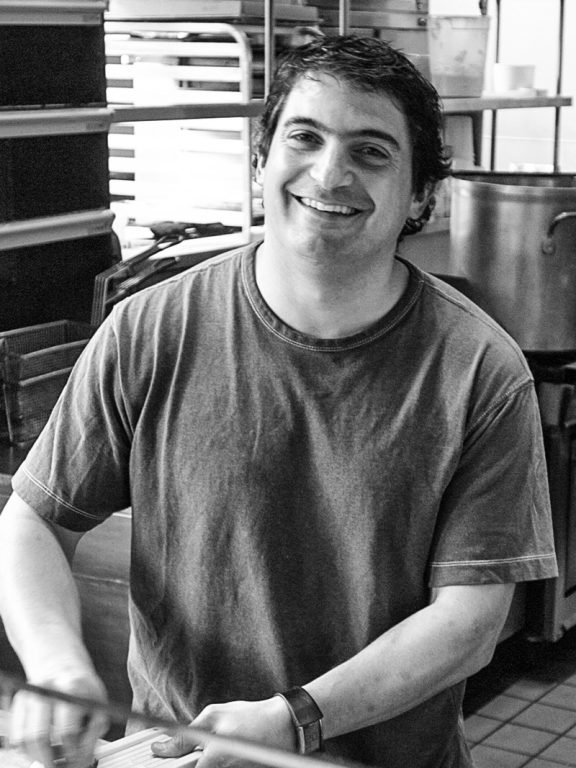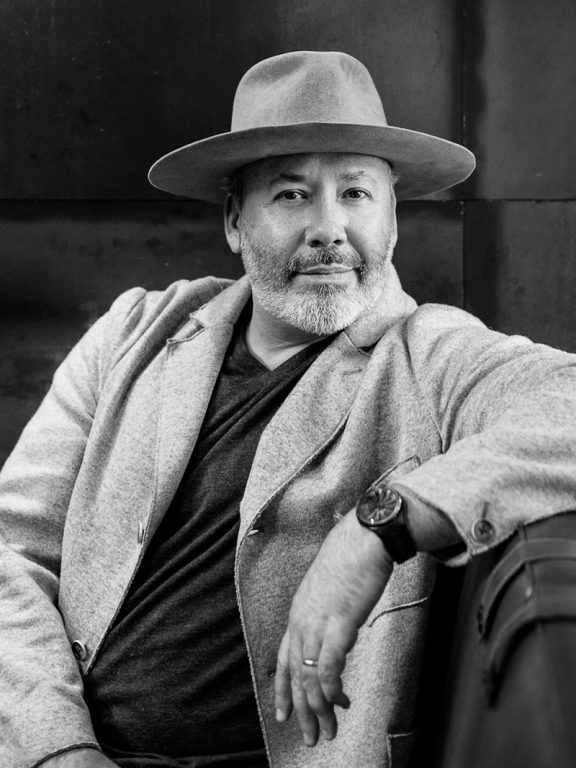If you find yourself dining in the finest restaurants around the world and you ask nicely, a sommelier might appear. But in many cities where wine connoisseurship is still emerging—in other words, thousands more wine-focused restaurants worldwide—you’ll likely discover that there’s no one to help you chose a bottle.
Okay, I’m overstating it. But not that much. In restaurants across the country and beyond, customers’ welcome and growing interest in wine isn’t necessarily mirrored by good staff training. And thousands of otherwise talented service people face nights of anxiety and sweaty palms because they’re being sent into battle, so to speak, without the right equipment.
And I speak from experience. Twenty or so years ago, in Colorado, I remember wiping my hands on cocktail napkins just before presenting a bottle of wine to a group of Japanese businessmen. Our in-house sommelier and wine guru was traveling somewhere to better his shtick, and my hard-nosed restaurateur boss positioned me as the captain for this party. I wasn’t even close to qualified, and I was sweating like a teenager on a first date.

Don’t miss the latest drinks industry news and insights. Sign up for our award-winning newsletters and get insider intel, resources, and trends delivered to your inbox every week.
Still, I marked the table—putting down the proper glassware—complimented the men on their brilliant selection, which of course I had never actually tasted, and went to pull the bottle from the makeshift wine room. I double-checked that I had my wine key and a stain-free towel, wiped my palms for the second time, and walked as steadily as possible toward the table. My presentation was solid. I knew how to do a basic tableside service, but silently I panicked, terrified that someone would comment on a flaw, inquire about a similar vintage or a neighboring property, or somehow try to engage me on one of hundreds of related topics.
All the while, I was muttering to myself, “This is the damn job for the somm, not for me.” And despite my having the supercharged swagger of a 21-year-old, complete with rose-colored glasses and new Zegna necktie, I remained in slow motion, barely concealing my internal freak-out.
In the following years, I endured a lot more seat-of-the-pants situations: pretending to know things I couldn’t possibly more times than I can tally. And I couldn’t stand that feeling of vulnerability. For my own self-preservation, I knew that the only solution was to get myself up to speed, wine-wise. I tasted, I took notes, I took tests and passed, and passed again, and then studied some more.
Until the day that I found I had become a restaurateur with a mad passion for wine—and without the budget for a sommelier. I could see that more and more diners were becoming connoisseurs. Guests in my restaurants wanted to know a lot more; perhaps more than ever, they wanted to find a connection to what was in the glass. They wanted stories to help explain the typicity and pleasure of the wines.
What I realized was that my entire staff needed to be part of the solution—that wine service needed to become a communal effort. We had to offer education that went beyond the occasional drop-in talk from a distributor or a random brown-bag staff tasting. We needed to create a common language so our employees could confidently navigate the list, to develop methods so they could succinctly engage with guests.
And so was born the Sans Somm model, which we use today in all eight of our restaurants. Every staff member outside the kitchen has dedicated time, twice a week, for “cooperative tasting.” I’m less interested in their memorizing minor winemaking details or colorful anecdotes than being able to talk about a wine’s taste and style. They need to be able to describe both something general and something specific about each wine: Is it medium-bodied with flavors of dark fruit and earth? Then what fruit? What type of earth?
They’re not doing a sommelier’s job, and they’re not meant to. And maybe that’s a risky decision, in a time when sommeliers are supposed to be essential to fine dining. Certainly it’s more difficult than simply hiring a sommelier, and it irritates some of my somm colleagues. But it works! Our restaurants have gained a reputation in Atlanta for offering outstanding wine experiences, and for our knowledgeable staff. Wine has become a leading component of our revenue and profit.
When you’re a guest in one of our locations, I’m now confident, you can ask anyone on the service team for help, and everyone on the team is happy to share their knowledge. No waiting for the maestro. No servers with sweaty palms. It has become my means of sharing more broadly one of the most pleasurable, romantic aspects of my life.
Does it take away some of that romance of having an expert hold forth? Probably. But it has enabled so many more people to share in the pleasures of wine—far more than I could ever hope to reach on my own.
As food and beverage director, Vajra Stratigos sets the culinary intention for Fifth Group Restaurants and Bold Events in Atlanta. He holds certifications from the International Sommelier Guild, The Court of Master Sommeliers, the Society of Wine Educators, and the Wine and Spirits Education Trust.







